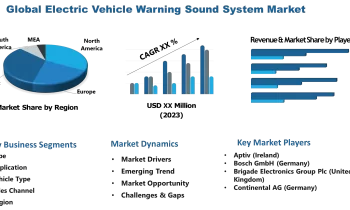- Experts forecast $10 billion in sales during Amazon Prime Day
- Prime Day was October 13th and 14th and marked the start of the holiday shopping season
- Prime Day was pushed back earlier in the year due to issues with fulfillment during self-isolation and social distancing protocols, which may lead to a stronger holiday shopping season
- During the pandemic, seniors and other groups that didn’t typically shop online started to see it as a viable and convenient option, which could mean a bigger holiday shopping season for Amazon, but hurt stores without an online delivery option.
Prime Day is Amazon’s annual sale and has become one of the biggest shopping events of the year. This year, Amazon delayed the event from its usual summer spot to help give it a lift in its fourth quarter as people prepare for the holidays, a time when the public generally spends more than in the summer.
According to analysts, Prime Day only totals 1-2% of Amazon’s annual sales, but it is an important event for the company. It helps build loyalty among Prime subscribers, and the event makes new shoppers aware of the program. In a statement last year, Amazon said it, “welcomed more new Prime members on July 15 than on any previous day, and almost as many on July 16 – making these the two biggest days ever for member signups.”
Even though consumers are cutting down on spending because of job losses and no forthcoming stimulus deals, Prime members tend to have a higher income. This year, Amazon’s Prime shoppers had more to spend on electronics and homeware since lockdowns prevented them from spending on travel and leisure activities.
This is the second year in a row that Amazon has extended its Prime Day sales to two days. Even though the company does not release sales figures, estimates for 2019 pointed to sales of at least $7 billion.
Online sales have been given a boost by the pandemic with more groups of people shopping from home, including senior citizens. Meanwhile, Amazon is taking on some serious rivals this year as stores with huge networks compete for their customers. Stores with rising sales include Walmart, Best Buy, and Target. Target had also announced a two-day event for the same days as Amazon this year.
Hard hit bricks-and-mortar stores urge shoppers to spend in local and smaller businesses because they have been hurt the most by the pandemic. These businesses don’t have online delivery options, but what consumers don’t know is that many small shop owners also have a presence on Amazon.
In 2018, Amazon launched Storefronts for small and medium-sized businesses. This program helps these businesses to reach wider audiences through Amazon’s platform, and they also benefit from its logistics.
According to a pet business owner from Manchester in the UK which features on Amazon Storefront, his business increased by 10% in the month leading up to Prime Day. Smaller companies comprise more than half the products sold on Amazon.
Small business owners are presented with a growth opportunity without needing to increase their resources. Meanwhile, this year Amazon offered a $10 discount to spend on Prime day for shoppers who shop on small businesses on Amazon.
Amazon hired more than 100,000 workers for Prime Day this year and to bolster its deliveries for the increased sales expected until the holidays. Bloomberg reported that Amazon is also planning to build 1,000 distribution hubs to avoid the problems it encountered in spring with its shipping deadlines in the future.
Prime Day this year has been seen by many as Amazon’s practice-run to the holiday season. It was a test of its efficiency as it tries to recoup its reputation for speedy delivery. It was also a head-start to enticing shoppers to start their holiday season shopping and a boost for the struggling economy.



